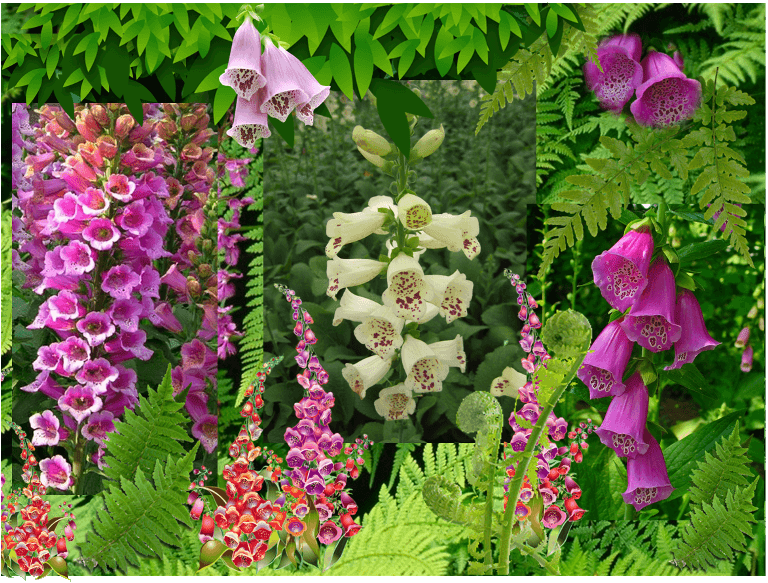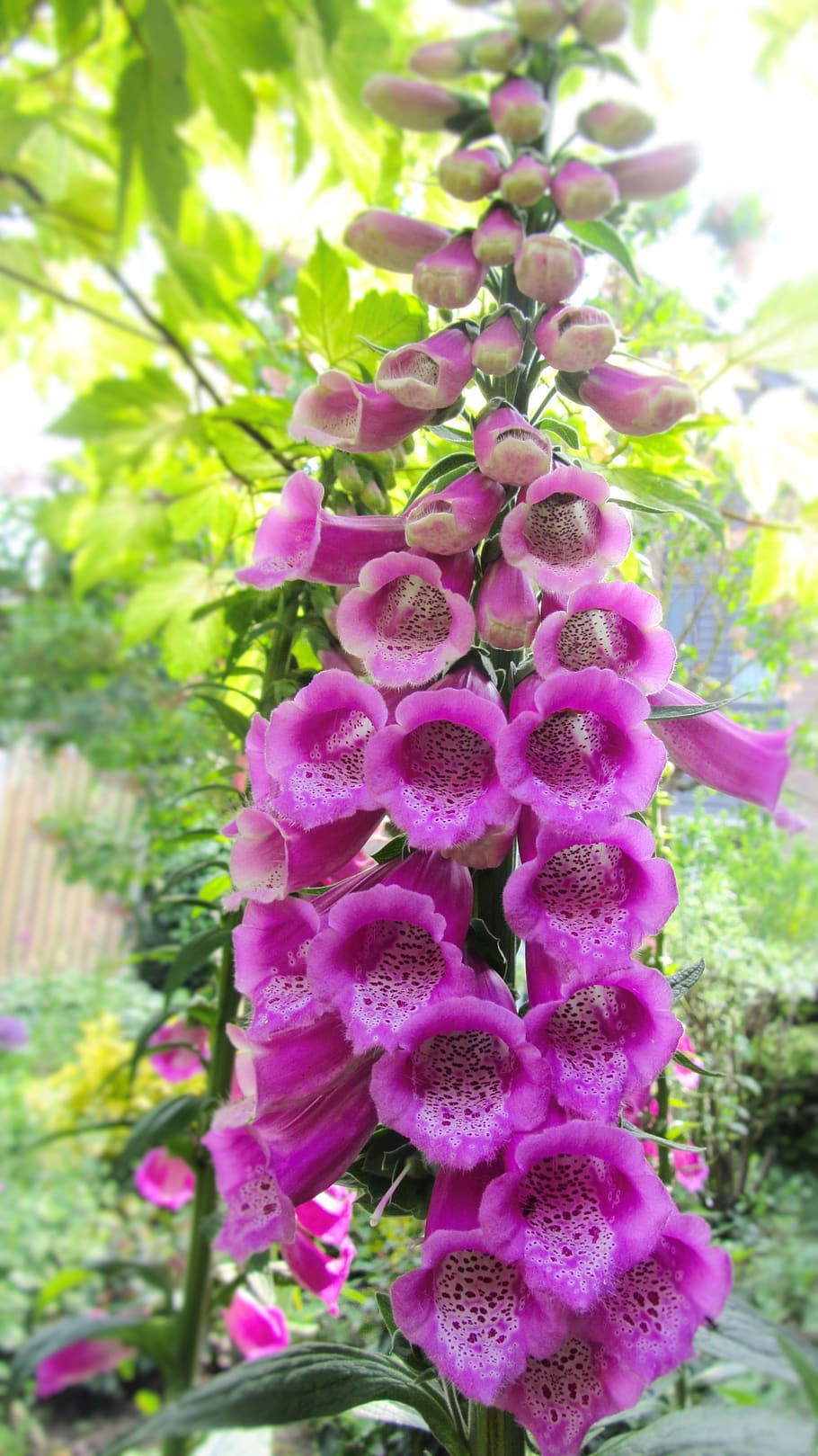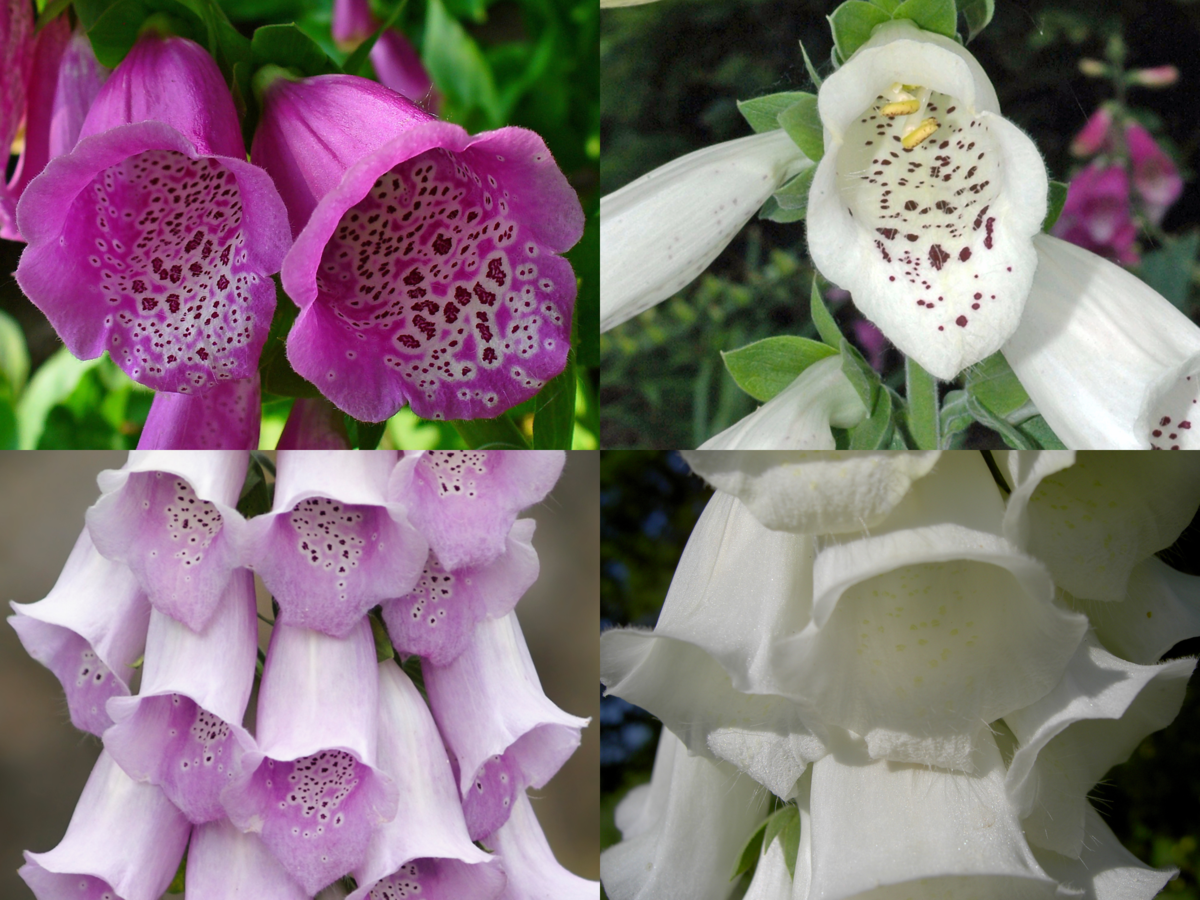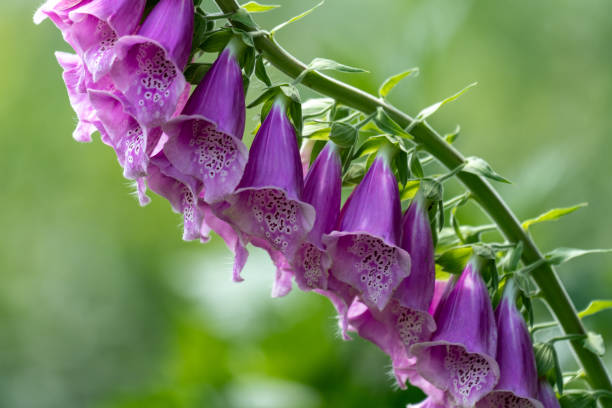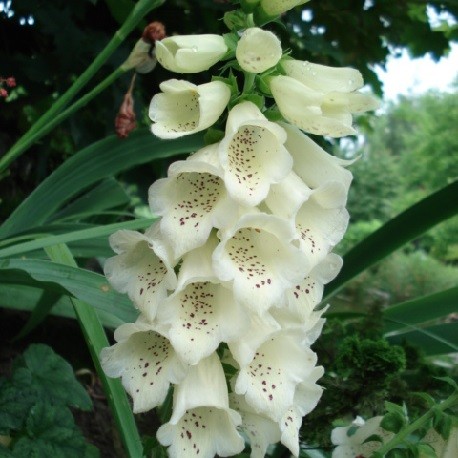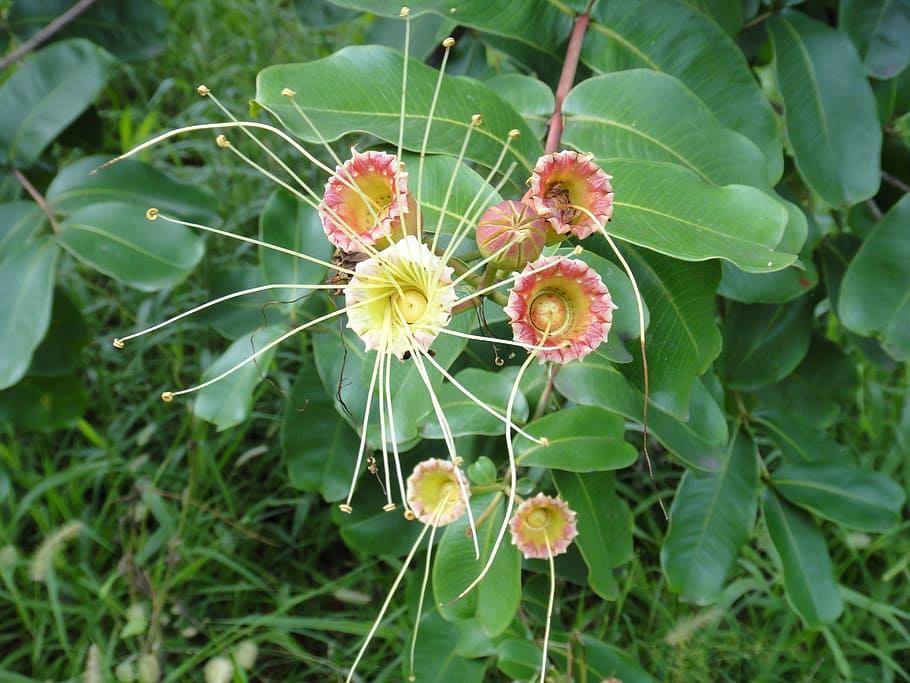The common foxglove, Digitalis purpurea, is a common wild plant that grows in forests and hedgerows. It is easy to spot with its large, purple-pink spikes of trumpet flowers in summer. It is also an excellent garden plant, especially for shady locations.
But Digitalis purpurea is not the only foxglove. There are plenty of other species growing to a range of heights and with flowers in a wide range of colours, many beautifully spotted and speckled in contrasting colours. The flowers are very rich in nectar and are like magnets for bees and butterflies.
Most foxgloves are biennials, blooming in their second year from seed, or short-lived perennials. Most are more or less evergreen so their rosettes of green leaves remain all winter.
The flowers are very rich in nectar and are like magnets for bees and butterflies.
Just be aware that foxgloves contain the chemical digitalin used in medicine to treat heart disease and all parts of the plant are poisonous if eaten. Contact with the foliage can irritate the skin and eyes so wear gloves, especially if you have sensitive skin.
How to grow mittensCultureMost foxgloves thrive in light or shade, although some species come from the Mediterranean and need a sunny location.
Although foxgloves prefer lighter soils, they grow well in heavy clay soils with added organic matter, such as compost.



